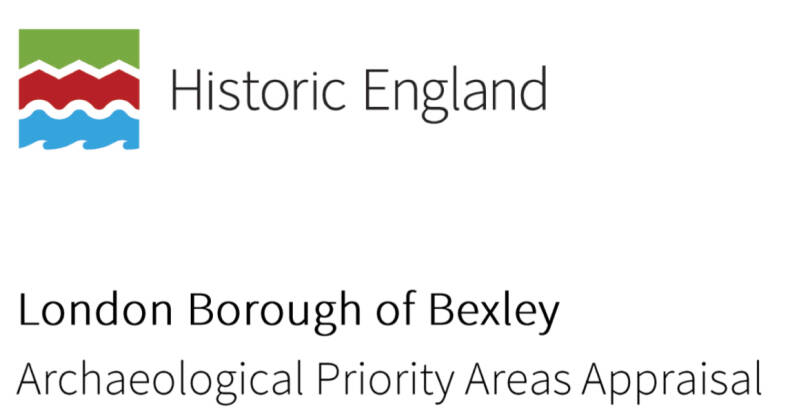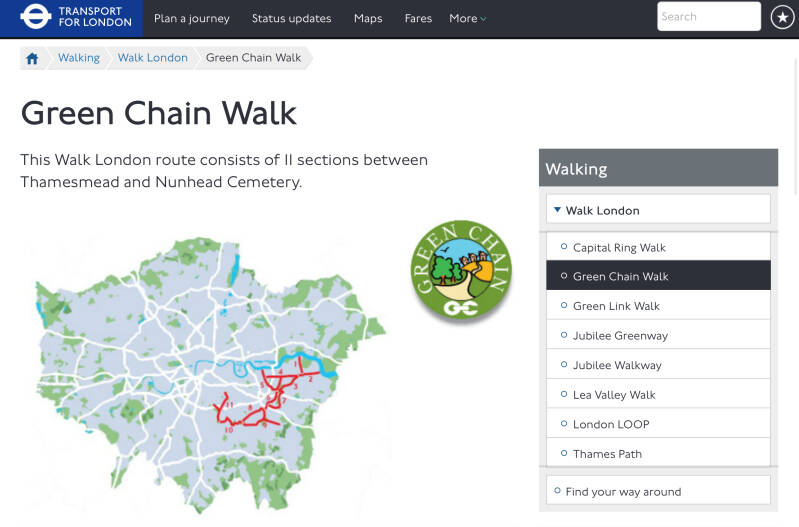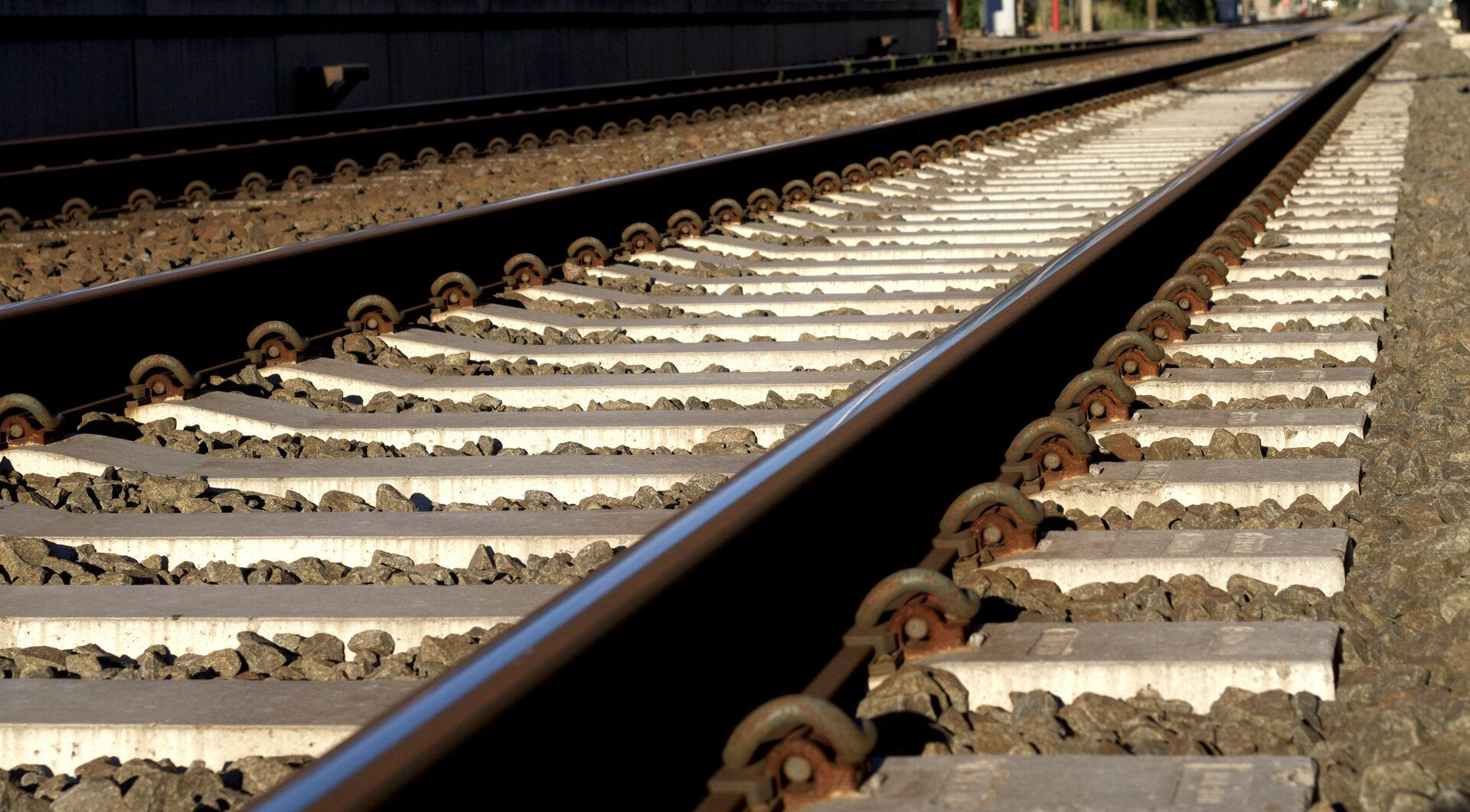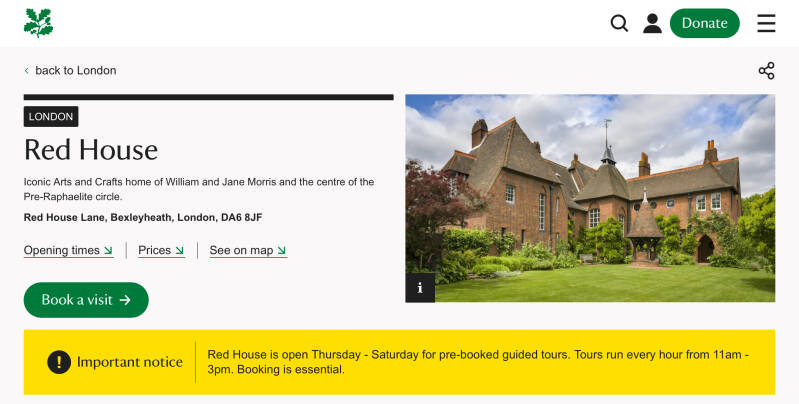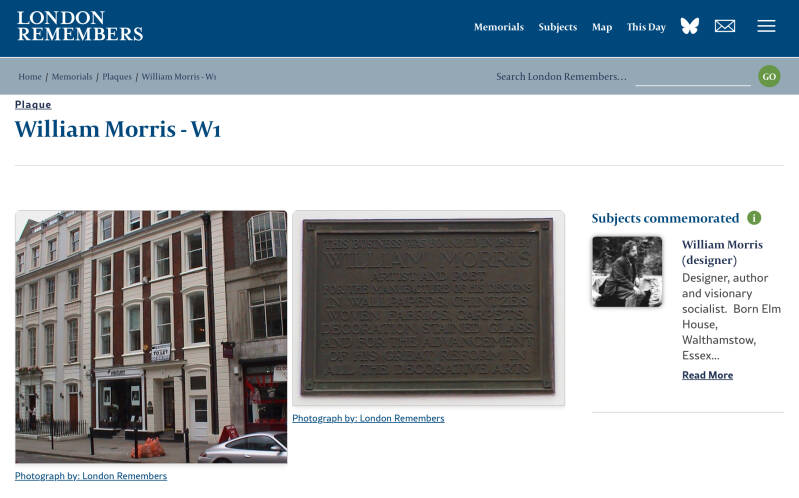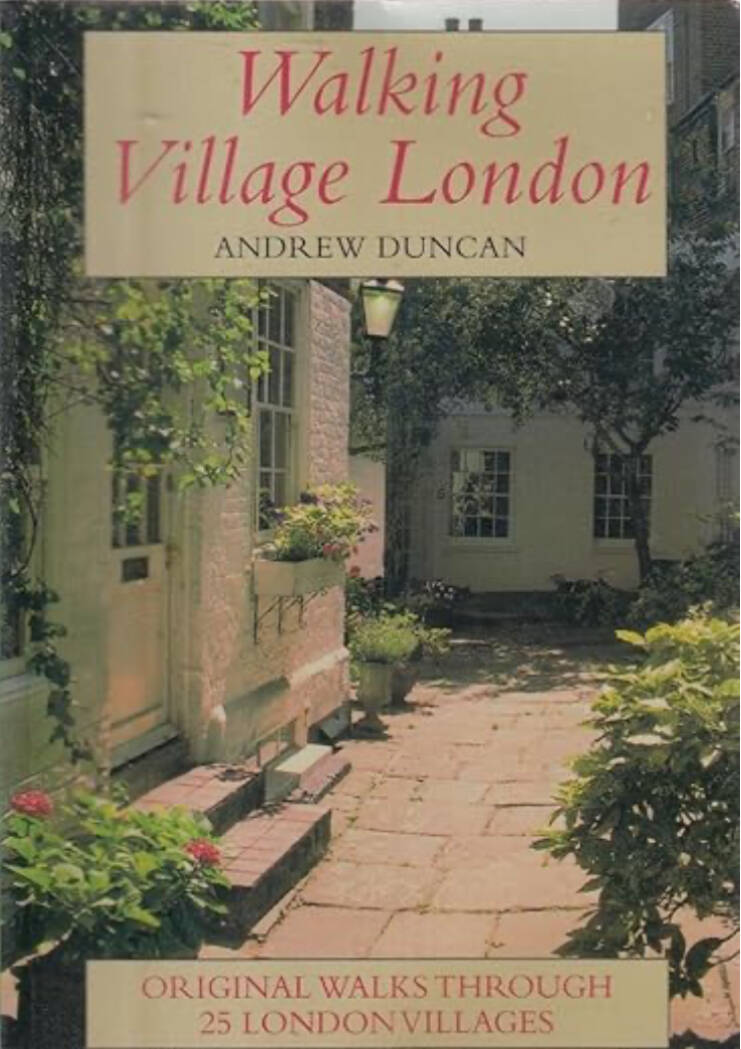
From ABBEY WOOD (Town) and LESNES ABBEY RUINS to BEXLEY VILLAGE and HALL PLACE or to BEXLEYHEATH
Passing through: DANSON HOUSE and PARK and THE RED HOUSE, William MORRIS’ residence
The diversion towards BEXLEYHEATH comes after seeing THE RED HOUSE
An Introduction to the LONDON BOROUGH OF BEXLEY
ABBEY WOOD “Village”
ST.MICHAEL’S Church
Site of LESNES ABBEY
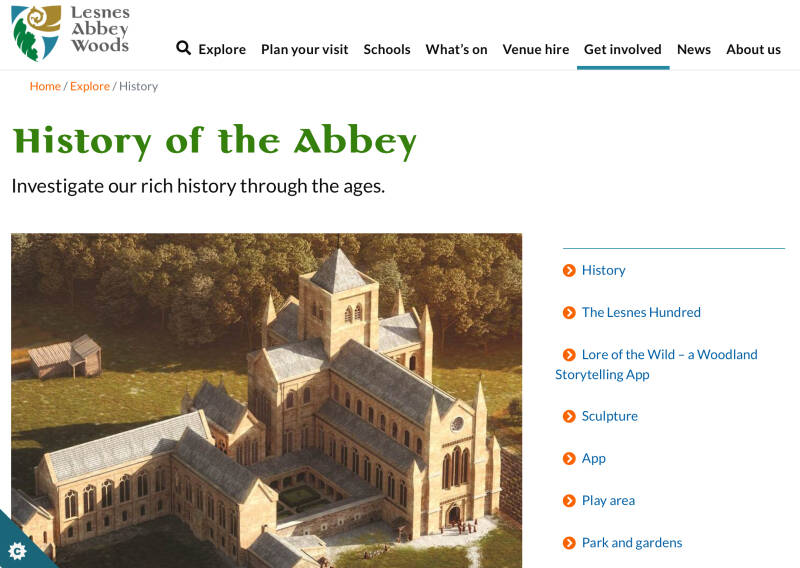
Download the resources!:https://www.lesnesabbeywoods.org/downloadable-resources/
Set agafi s the thickly wooded eidge of ABBEY WOODS, on an open grassy hillside, lie the ruins of the medieval abbey. All is open to the public all times..
An abbey was f. here by RICHARD DE LUCÍ, CHIEF JUSTICIAR, in 1178. Dedicated to ST.MARY and ST. THOMAS THE MARTYR, as as an act of penance, as LUCÍ had supported KING H.II in his dispute with THOMAS À BECKET, which ended with the Archbishop murder in CANTERBURY CATHEDRAL, 1170.
In resigning his position in 1179, LUCÍ retired here, where he lived for the last 3 months of his life, in retirement. Buried in the CHAPTER HOUSE.
it was an AGUSTINIAN monastery, the original canons being drawn from the PRIORY OF HOLY TR8NITY, ALDGATE, London. Their duty was baptise, preach, give penance and bury the dead.
Not a large and wealthy foundation, it was in financial difficulties, due to the high expenses of maintaining the river walls and drain the marshes along the banks of the river. They transformed the area in vluable pastures, but due to the gradual built up of debts, the the abbey saw its buildings falling into neglect.
Rebuilding came too late. In 1524, following H.VIII instrucciones, CHIEF MINISTER WOLSEY, obtained permission from POPE CLE.VII to close monasteries with less than 8 inmates. CARDINAL’S COLLEGE, OXFORD, was financed with the revenue raised. Here, there were only an abbot and 5 canons.
Land and buildings finally fell into Crown hands (and Wolsey fell in disgrace) after the DISSOLUTION of the monasteries. Their duty was new wealthy laymen owners demolished the buildings for materials. HENRY COOK, though, retained the ABBOT’S LODGINGS as a the MANOR HOUSE of LESNES.
Later, SIR JOHN HIPPERSLEY acquired the property, dug it over for building materials, and in 1632 sold the abbey site to THOMAS HAWES, who bequeathed it to CHRIST’S HOSPITAL. In 1930 the LCC bought the WOODS, passing to the GLC, in 1965.
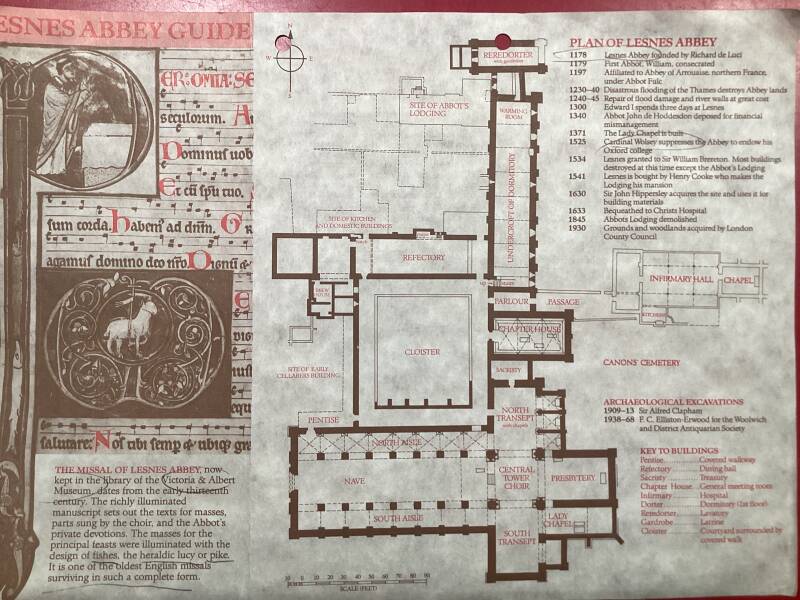
I have used this LESNES ABBEY GUIDE, a leaflet produced in 1986 by the GLC Historic Buildings Division
From the little remains above ground, we can see the conventional layout of a BENEDICTINE plan. Great church, buildings around the CLOISTER (monks’ living and working quarters), INFIRMARY (according to results of excavations, timber framed building, to the NW, including a MISERICORD or rest room, and a chapel), guests quarters, great court where the administrative buildings were.
The church was to the SOUTH of the buildings, as the slopy site is between marshes and wooded hills.
Findings elsewhere
The Lesnes Abbey coffin slabs, including the one with the inscription of "The Good Abbot Fulc," are primarily found within the Abbey's ruins and during excavations. One specific slab was discovered in the Chapter House. The excavation also revealed the coffin slab of Avelina, daughter of Richard de Lucy, on the east side of the Chapter House. Some fragments, like the upper half of a slab with a floriated cross, were found in the presbytery. While the original location of Richard de Luci's tomb was reported to be under the choir, it's now believed that his remains may not have been found there. Some of the slabs, like the one of Avelina, are Purbeck marble and feature details like a cross on a Calvary and an inscription
LESNES ABBEY WOODS
Part of the Green Chain Walk
FOSSILS
Abbey Wood’s highly fossiliferous shell beds are open to the public for digging, with prior permission. The Eocene beds here are extremely rich in fossil sharks’ teeth, fish, mammal and bird remains, and fossil shells. Fossils are best found by onsite sieving, and is often visited by schools and society organised events.

Route B11
William Morris path from THE RED HOUSE
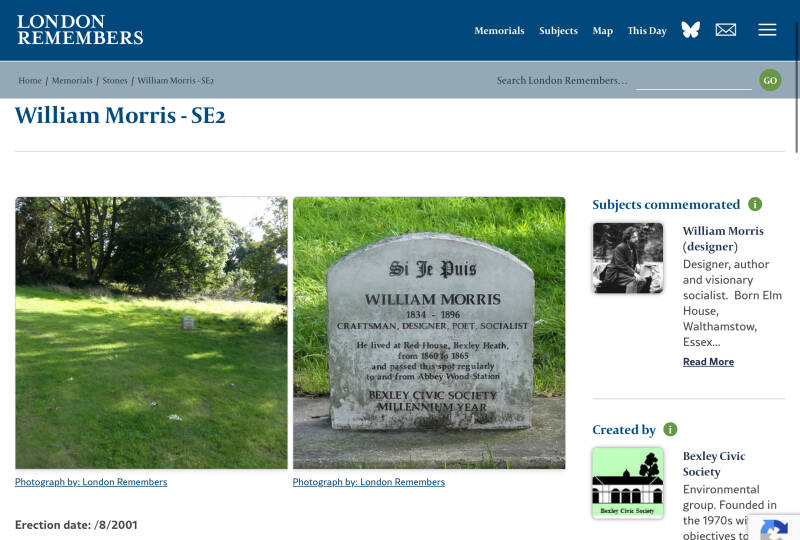
EAST WICKHAM
The name is thought to be a corruption of the Latin 'vicus', indicating a Roman settlement along Watling Street, with the place name 'Estwycham' first being recorded in 1284.[2] The 'east' was added to differentiate it from West Wickham, situated some distance away to the south-west.
The larger settlement Welling originally formed part of the ancient manor of East Wickham, which was centred on St Michael's Church, Upper Wickham Lane, built in the 13th century.k

ST.SAVIOUR Church, Greek Orthodox





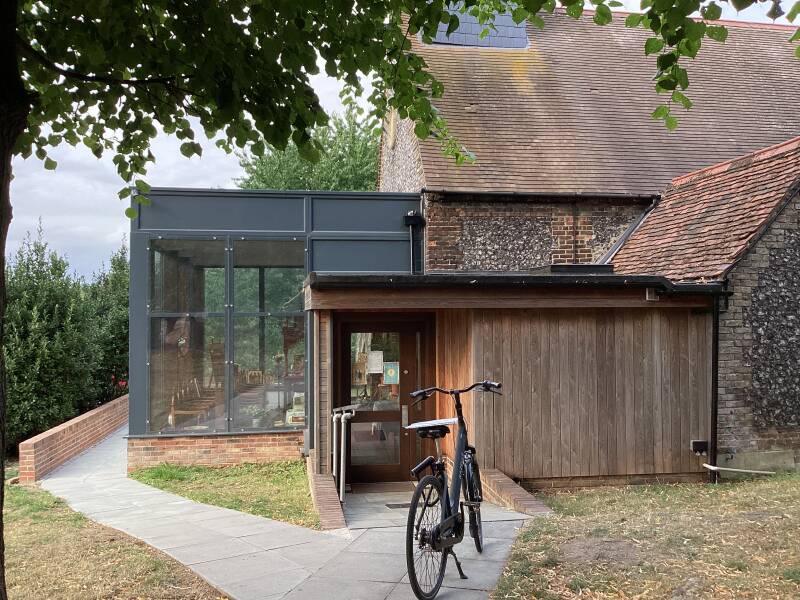

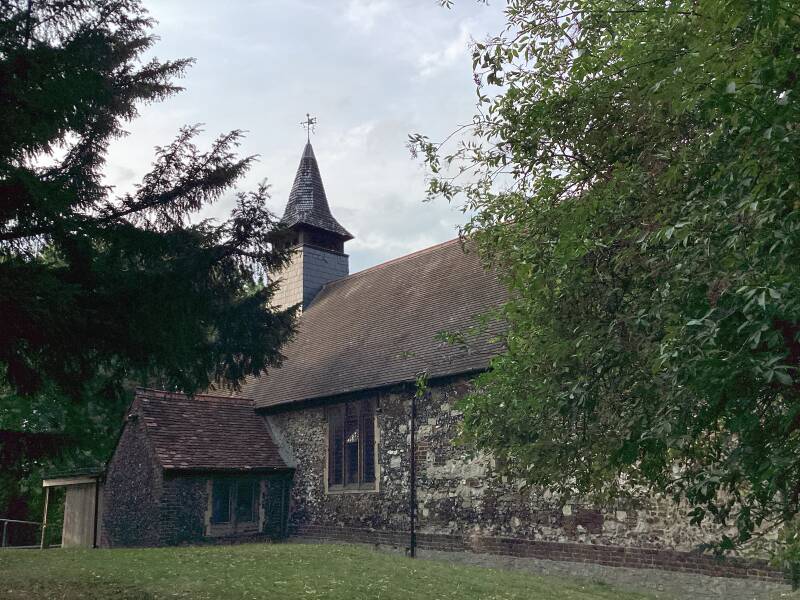

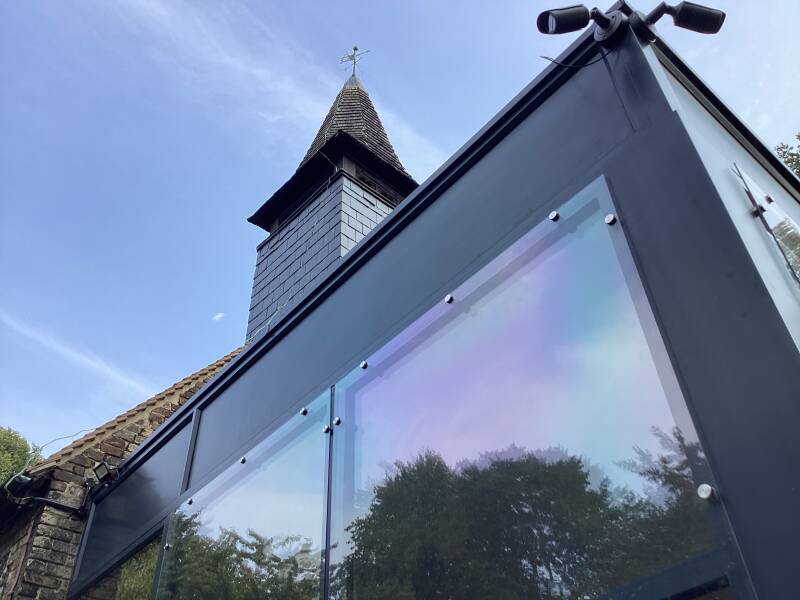
The church building dates from the 12th or 13th century. Originally the Anglican parish church of St Michael, the building was sold to the Greek Orthodox community at some point after the 1930s, when the Anglican congregation moved to the current St Michael’s church down the road
The Sacred Archdiocese of Thyateira and Great Britain https://www.thyateira.org.uk/archdiocese/historicalinformation/history-of-the-archdiocese/
ST.MICHAEL’S Church, EAST WICKHAM


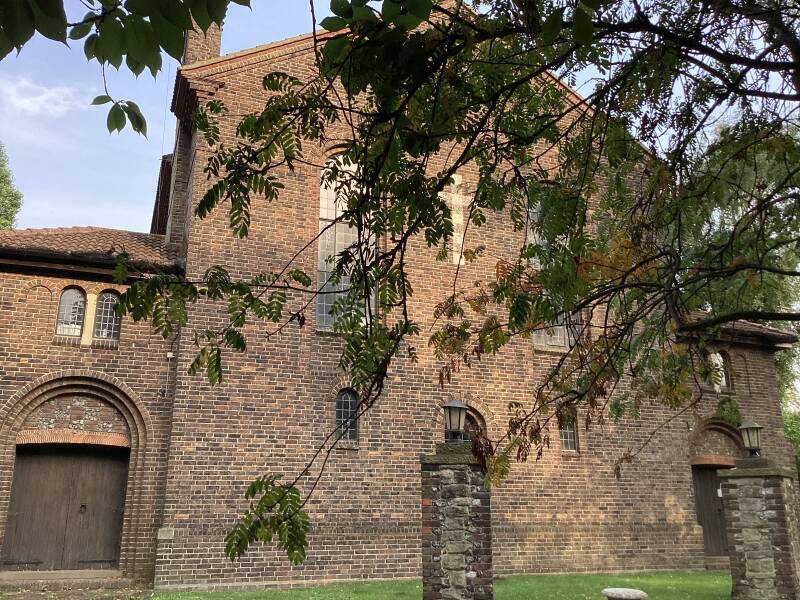

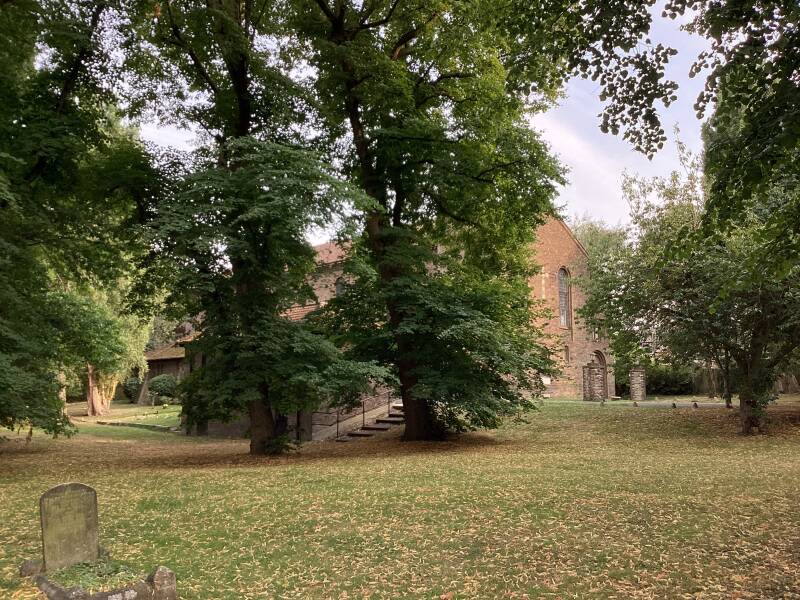

EAST WICHAM FARM (KATE BUSH’S FARM!)
WELLING


For most of its history, this area was Bexley Heath, an area of heath land. The Romans built a road through the heath, Watling Street, which connected Londinium (London) to Dubris (Dover). This Roman road still marks the spine of Bexley new town, BEXLEYHEATH.
High Street shops and eateries
Bus routes along PARK VIEW RD and DANSON ROAD

DANSON HOUSE & PARK
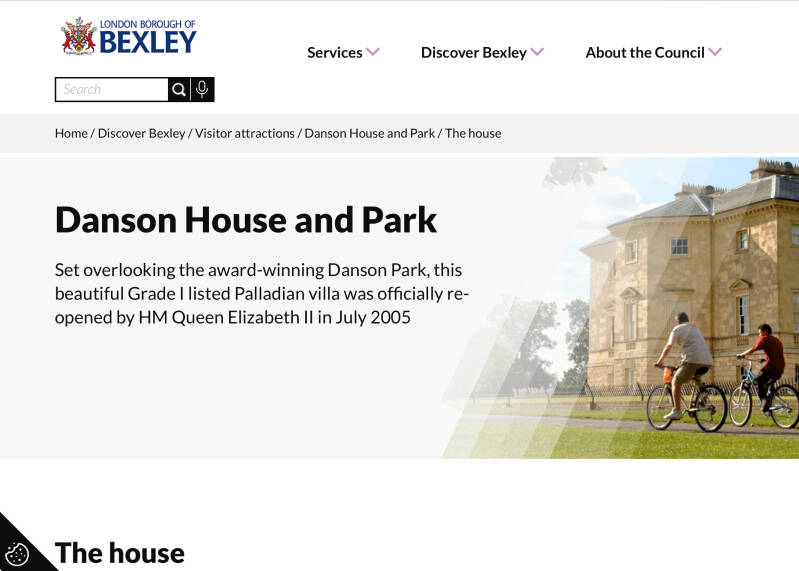
Danson House was built by Sir Robert Taylor about 1765 for Alderman, later Sir, John Boyd and originally called Banson Hill. Wings were added later, which have since been demolished. The Park was laid out by ‘Capability’ Brown in 1761.
The house is of Portland stone; the ground floor being rusticated. It has 3 storeys; the principal apartments being on the first floor. Heavy modillion eaves cornice. Slate roof. Windows in moulded architrave surrounds, with glazing bars intact; those on the first floor having projecting cornices over and panels of balustrading below. All 4 fronts are exposed, but the north and south fronts are slightly wider than the east and west fronts. The east, west and south fronts have a canted bay of 3 windows on all floors in the centre. The north front has a square central projection, with a pediment over containing a round window in the typanum. The entrance is on this side. Nineteen wide steps, with a balustrade on each side, lead up to the front door, on the piano nobile. This has engaged Corinthian columns, a modillion cornice and a vase over it between volutes and a medallion and swags between the architrave and the moulded surround of the door. The interior has a fine central oval staircase, with a gallery of 8 Ionic columns on the second floor and an oval dome above, and some fine rooms.
Currently used as the Register Office for the London Borough of Bexley. Every Sunday the house is open to the public between 10:00 and 16:00. You can view the grand rooms, and see the Victorian kitchen.
DANSON STABLES, aP.H
These are contemporary with Danson Park Mansion, circa 1765, and were presumably designed by Sir Robert Taylor. Half-H plan. Portland stone. Stringcourse. Slate roof. The north or main side has a slightly projecting centre, with 3 coach-houses on the ground floor, having flanking pilasters and double doors. Above on the first floor, but at ground level, are 3 large lunette windows of 22 panes each. On the roof is a small octagonal wooden cupola. On each side of the centre projection is a roundheaded doorway, with a semi-circular fanlight and a square window of 12 panes above. The inner face of each half-H wing has 3 windows on the first floor and one on the ground floor, between 2 round-headed doorways with semi-circular fanlights. Their south ends have large round-headed rusticated arches, with lunette windows, in the arches above the stringcourse.
Buses along and CROOK LOG - BROADWAY

THE RED HOUSE. WILLIAM MORRIS lived here. Designed by PHILLIP WEBB
WILLIAM MORRIS GALLERY (WALTHAMSTOW)
KELMSCOTT HOUSE (HAMMERSMITH)
MERTON ABBEY MILLS
Morris moved his textile design and printing company to the site on The River Wandle because the conditions were so perfect for his needs. He was there from 1881 to 1888 and during this time he became increasingly involved in Socialism.
Many other historic sites associated with Morris.:https://wmgallery.org.uk/collection/research-and-library/where-else-to-visit/

From THE RED HOUSE to BEXLEYHEATH
Red House Lane


Nearest stations: WELLING and BEXLEYHEATH
Upton Rd.
(Country lane straight to Heathfield Road, then Oaklands Rd. and Albion Rd.)
Robin Hood Lane
Freta Rd.
Royal Oak Rd.
Crossing Albion Rd.
Broadway

Back to the route from THE RED HOUSE to BEXLEY VILLAGE
THE ROBIN HOOD & LITTLE JOHN P.H.
In 1851 the Lewin family of The Hollies Sidcup sold plots of land in the Bexleyheath area. A shoemaker from East Wickham purchased three plots and in 1854 built the Robin Hood on one in Lion Road.
Trade could not have been very good, because he carried on a shoemaking business from the pub.
In the 1861 census the pub was just called The Robin Hood but by 1865 Little John was added to the name as shown in the rate books of the time.
The story is the then licensee had a young son called John who was killed on the forecourt in front of the pub. When a dray making a delivery rolled back over the unfortunate boy. So the Little John part of the name is not from the Robin Hood legend, but that of the young son.
River Shuttle
Hartford Road
Albert Road
THE BLACK HORSE P.H.
Former NATIONAL SCHOOLS
Built in 1834 and is still in use today although no longer a school. The original building with two shaped gables was originally the teacher's house and behind were the two schoolrooms. To the left is the old school hall which was built c.1900 with a similar shaped gable.
VICTORIA HOMES ALMSHOUSES
Victoria Homes is a range of 6 single-storey almshouses in yellow brick with red brick trim and terracotta ornament, with central and end pavilions linked by wings. The houses have slate roofs with decorated ridge tiles and terracotta crests. The garden has mature trees including 3 pollarded limes (1 dead), a cherry, almond and robinia, and a tall bay; it is laid out with mown grass, perennial flowers, privet hedging and straight paths, with 2 crazy-paved concrete paths. It is bounded by a 7ft red-brick wall to the west and part of the north, with a low wall to the road on the east that shows remains of iron railing, also found to the north. There are two terracotta triangles showing the date 1897 and a Portland stone plaque that has the following inscription 'This stone was laid by Sir Robert Hargreaves Rogers of Marl House, Bexley, Sheriff of the City of London Thursday 26th August 1897. Committee W V Hudson Chairman S. Cannon Treasurer L Bougnes, E Ford, J Lake, W.E. Lucas, J. Piggott, Rev J.A. Wicksteed, vicar T B Green Hon. Sec'.
PUBLIC LIBRARY
1905 BAPTIST CHAPEL
Old REFELL’S BREWERY
Row of old workshops
1846 BAPTIST CHAPEL
The first Strict Baptist Chapel in Bexley was built in Bourne Road in 1846 and is still there but now two shops and although the frontage was changed and the north windows removed you can still see the remains of the cupola on the roof. In 1905 the new Baptist Chapel was built further up Bourne Road

https://content.tfl.gov.uk/bus-route-maps/bexley-a4.pdf
Welcome to BEXLEY VILLAGE (see next chapter)
BEXLEYHEATH HISTORY TIME-LINE
HALL PLACE


I hope you are enjoying this guide!



